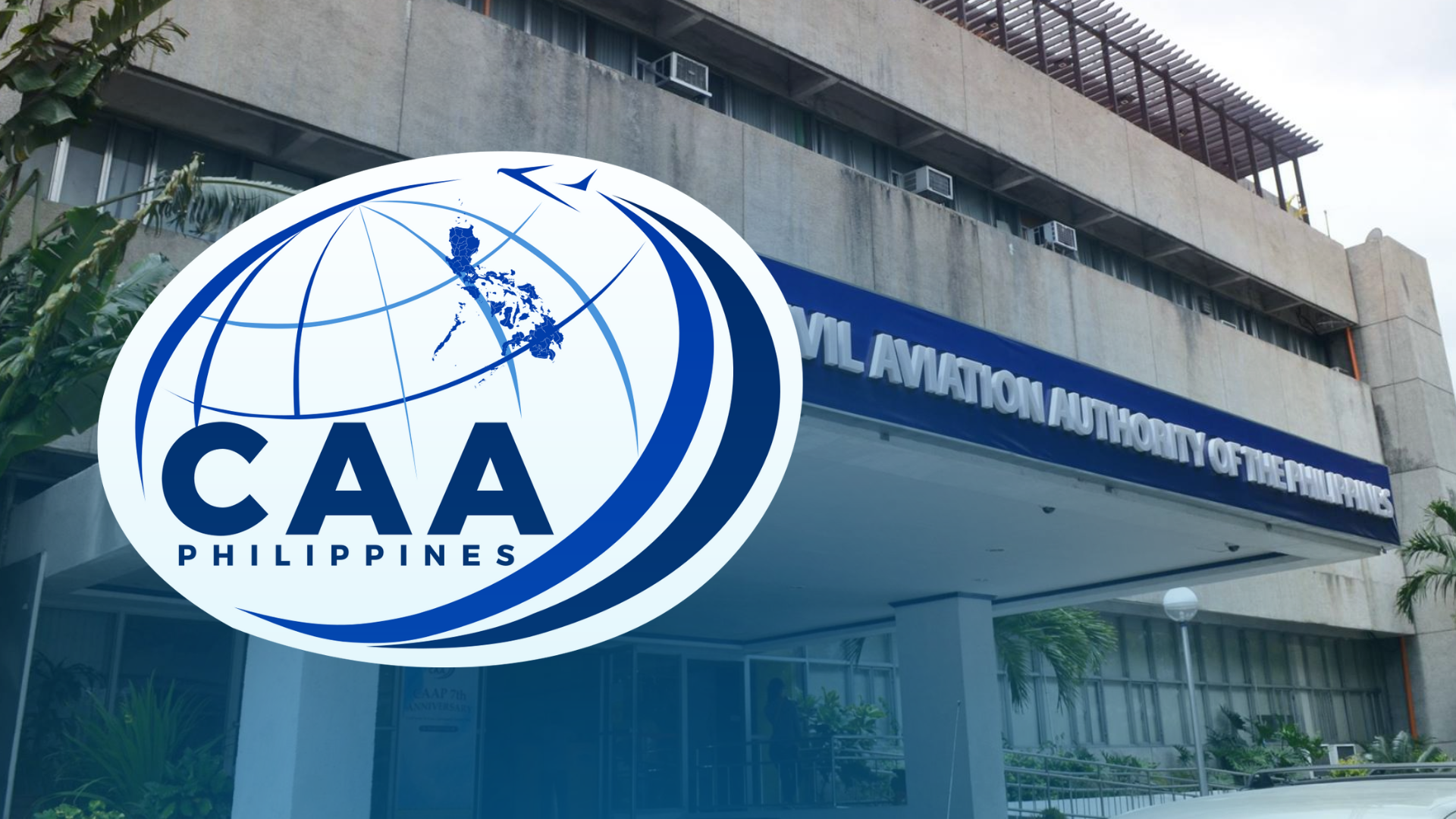Caap recruits students for air traffic management

CAAP logo | INQUIRER FILES
MANILA, Philippines — The Civil Aviation Authority of the Philippines (Caap) is recruiting a new batch of students to be trained in air traffic management as the aviation sector continues to show recovery since the pandemic.
In a statement on Tuesday, Caap announced it had started accepting applications for the Comprehensive Air Traffic Service Course-Batch 19 to develop more air traffic management officers.
Applicants can submit the requirements until May 30. Qualified candidates will take an exam on June 28, with passers proceeding to the interview stage and a medical examination.
READ: Caap lauds security man, passenger for honesty
The government agency said the air traffic controllers undergo training in crisis response so they can handle in-flight emergencies, severe weather conditions, and technical failures.
Article continues after this advertisement
Air traffic controllers are in charge with managing aircraft movements, preventing mid-air collisions and responding quickly and precisely to emergencies.
Article continues after this advertisement
“Their ability to make swift, informed decisions under pressure has been instrumental in safeguarding lives and minimizing disruptions in air travel,” Caap said.
Caap is conducting the training program as the airspace becomes busy with more jets flying passengers within and outside the country.
“We encourage passionate individuals to embark on this rewarding career and uphold the highest standards of aviation safety,” Caap Director General Manuel Antonio Tamayo said.
In September last year, Caap completed integrating its new communication, navigation and surveillance/air traffic management (CNS/ATM) system.
The system upgrade came after a power outage hit the air navigation facilities of Caap on Jan. 1, 2023, which affected hundreds of flights and thousands of passengers.
The system that is being used to direct air traffic is composed of 13 radars strategically located across the country: at Ninoy Aquino International Airport (Naia) terminals 1 and 2 and in Clark, Tagaytay, Aparri, Laoag, Cebu-Mt. Majic, Quezon-Palawan, Zamboanga, Mactan, Bacolod, Kalibo and Davao.
Caap’s P10.8-billion CNS/ATM system, funded by the Japan International Cooperation Agency, was completed in October 2017. It was inaugurated in 2018 and began operating on July 26, 2019.
The government agency also inked a non-binding air navigation and implementation cooperation work plan with the US Federal Aviation Administration last year.
Caap said the agreement would zero in on the modernization of CNS systems and the potential privatization of airports and air navigation and traffic services.